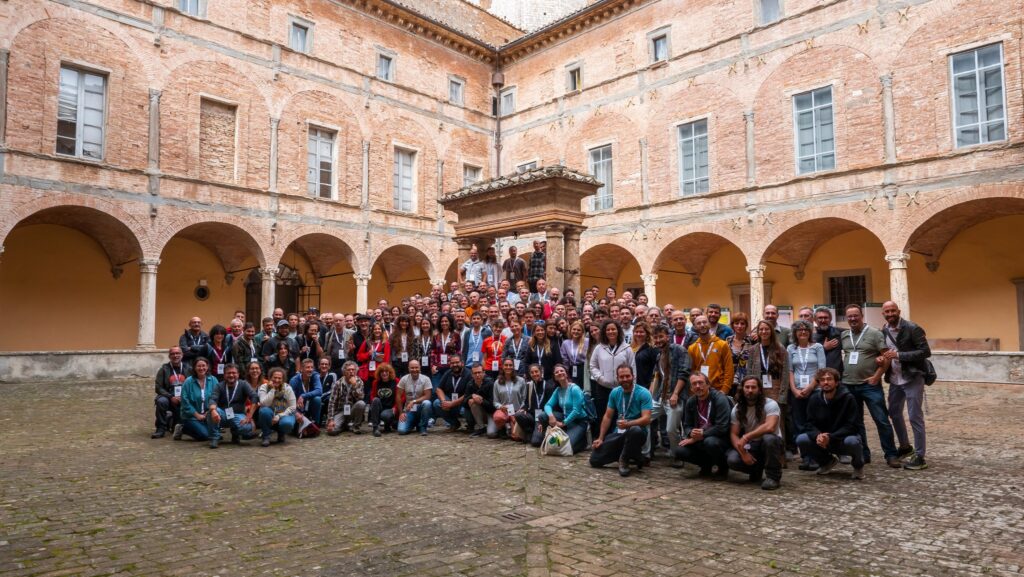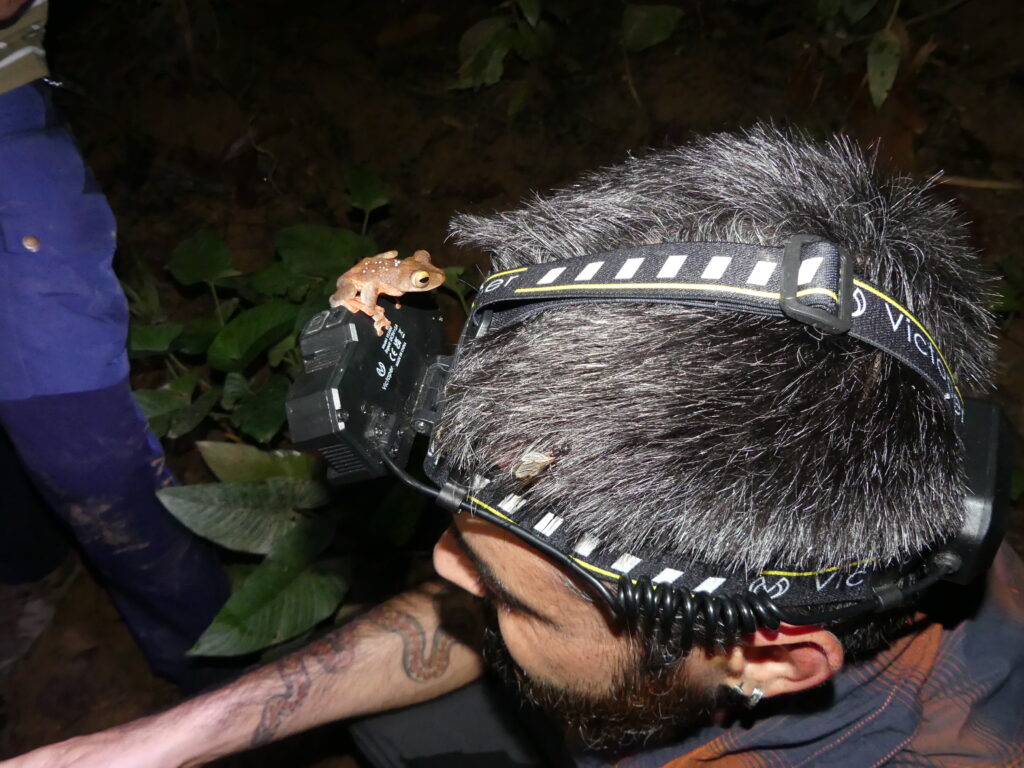


New review paper: The opinion of Italian herpetologists on the use of Criterion E for species assessmentrelated to the monitoring activities performed on Speleomantes cave salamanders
Can we agree with the Criterion E used to classify extinction risk by IUCN? Read here the opinion of some Italian herpetologists.
Title: Uncertain future and uncertain projections: assessing extinction risks in European salamanders from projected chytrid fungus invasion using IUCN Criterion E
Authors: Luca Coppari, Milos Di Gregorio, Claudia Corti, Stefano Merilli, Manuela Mulargia, Roberto Cogoni, Raoul Manenti, Gentile Francesco Ficetola, Enrico Lunghi
Journal: Acta Herpetologica
Link to the article Uncertain future and uncertain projections: assessing extinction risks in European salamanders from projected chytrid fungus invasion using IUCN Criterion E
Presenting additional activities and results of our METALCAVE project to the XV Congress of the Italian Herpetological Society (SHI)
Farda B., Coppari L., Lunghi E., Pellegrini M. (2024). Development of a sampling and preservation protocol for cutaneous bacterial communities of Speleomantes



Wolrld Congress of Herpetology 2024 – Borneo
Beautiful experience! A lot of fun, wonderful places, wounderful animals and super interesting conference. See you in Spain!




























New data paper related to the monitoring activities performed on Speleomantes cave salamanders
This data paper collects information on multiple surface and subterranean populations of Speleomantes obtained throughout a four-year monitoring period. The high-quality pictures are supplied with additional information on individuals such as weight, presence of malformations and parasite load.
Title: Four years monitoring of the endangered European plethodontid salamanders
Authors: Luca Coppari, Milos Di Gregorio, Claudia Corti, Stefano Merilli, Manuela Mulargia, Roberto Cogoni, Raoul Manenti, Gentile Francesco Ficetola, Enrico Lunghi
Journal: Scientific Data
Link to the article Four years monitoring of the endangered European plethodontid salamanders
Presenting our preliminary results to the 10th World Congress of Herpetology and to the 26th International Conference on Subterranean Biology
Wonderfull moments spent in Borneo and in Sardinia! For the ICSB conference check also the dedicated section.
Preliminary results: Preliminary data on the presenceof trace elementsin cave water and soil



New article on the trophic niche of sympatric salamanders
In this article we further studied the trophic niche of two sympatric salamanders: the Fire salamander Salamandra salamandra and the Italian cave salamander Speleomantes italicus. We here collected data on the autumnal diet and, besides comparing that of the two species, for each species we also evaluated seasonal divergences.
Title: Variability of Seasonal Trophic Niche in Two Sympatric Salamanders: Italian Cave Salamanders and Fire Salamanders
Authors: Fabio Cianferoni, Milos Di Gregorio, Claudia Corti, Enrico Lunghi
Journal: Herpetologica
Link to the article Variability of Seasonal Trophic Niche in Two Sympatric Salamanders: Italian Cave Salamanders and Fire Salamanders

New article on salamander diet specialization
In this article we assessed the consistency of individual diet specialization of three populations of Speleomantes ambrosii throughout a period of three years. We found evidence of significant variation of the proportion of specialized individuals between different seasons, and between different years when considering the same season.
Title: Yearly variation in individual diet specialization: Evidence from cave salamanders
Authors: Enrico Lunghi, Gentile Francesco Ficetola, Raoul Manenti, Giorgio Mancinelli
Journal: Global Ecology and Conservation
Link to the article Yearly variation in individual diet specialization: Evidence from cave salamanders
Sampling cave soil for METALCAVE
Members from University of L’Aquila and University of Calabria started to collect soil samples from caves. A nice “dirty” activity we enjoyed for a couple of weeks on Apennines. We sampled soil inside and outside 17 caves located in Tuscany, Umbria, Marche, Abruzzo.










New article on cave ecotones
In this article we analyzed the abundance of three facultative cave species inhabiting the transition zone between surface environment and deep cave areas. Speciefically, we examined the abundance of two spiders and one snail, identifying which are the environmental and biological factors affecting the number of observed individuals.
Title: Microclimatic Influences on the Abundance of Three Non-Troglobiont Species
Authors: Luca Coppari, Raoul Manenti, Enrico Lunghi
Journal: Diversity
Link to the article Microclimatic Influences on the Abundance of Three Non-Troglobiont Species
